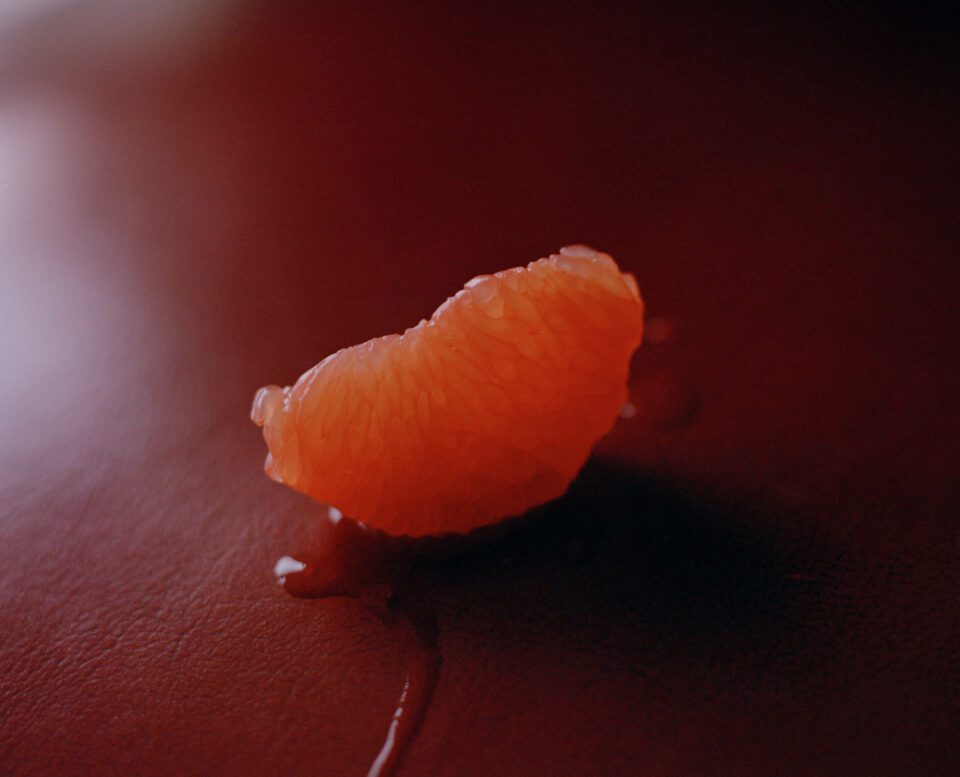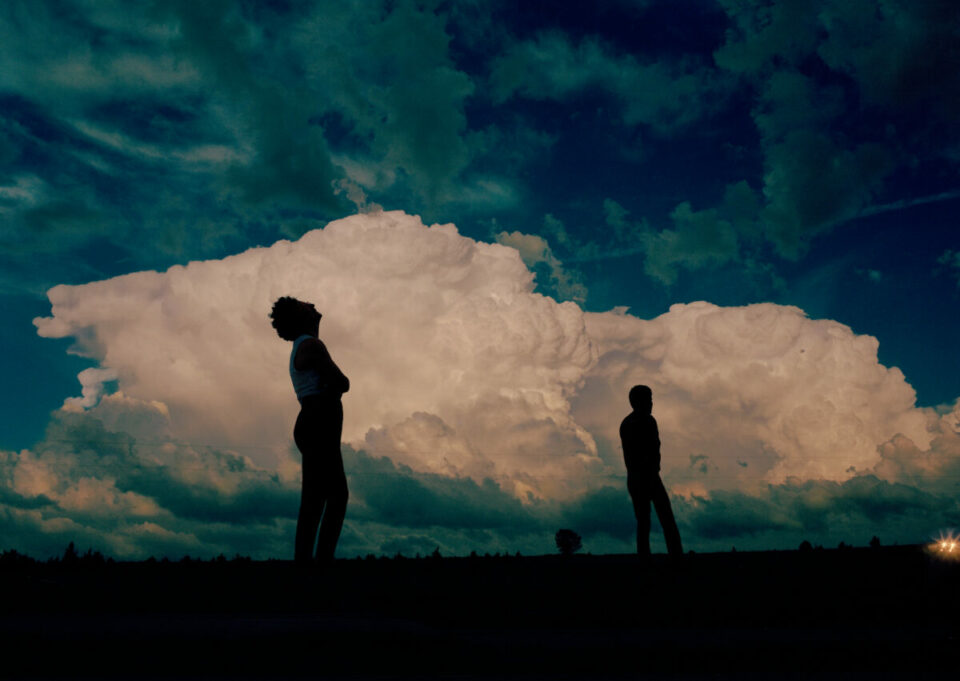April is Autism Awareness Month. The condition, as described by the National Autistic Society (NAS), is a “lifelong developmental disability which affects how people communicate and interact with the world,” with hallmarks including sensory differences and highly focused interests. It’s also known as ASD (Austism Spectrum Disorder), whilst some prefer ASC (Condition). Autistic traits can be beneficial in myriad ways – a whole host of history’s greatest thinkers, artists and scientists are speculated to have been “on the spectrum.” But the truth is that it’s challenging to be autistic in a predominately neurotypical society, especially if growing up undiagnosed. The place is loud, bright and confusing, not to mention full of unwritten social norms and expectations. Many autistic people report feeling “different” to their peers, or like they haven’t received the “rule book” on how to navigate the world. It is tiring, and the stress of it all can lead to fatigue and burnout. In December 2023, over 170,000 people were waiting for an autism assessment in England. For context, the recommended waiting time is 13 weeks, but more than 85% have been on a list for longer than that. This NHS data is indicative of the current state-of-play, where a lack of provision has a knock-on effect for the lives of autistic individuals, especially those who need a diagnosis to access accommodations at school or in the workplace. Mel Merritt, Head of Policy and Campaigns at NAS, explains: “It’s nearly twice the capacity of Wembley Stadium … Autistic people shouldn’t miss out on vital support, or even develop mental health problems and end up in crisis, because they haven’t received the timely assessment that they’re entitled to.” More than one in 100 people are estimated to be on the autism spectrum, notwithstanding the “lost generation” of adults whose traits weren’t recognised in childhood.


This has happened, in part, because of stereotypes of what autism “looks like.” Historically, it was believed that autism occured overwhelmingly in men and boys – think Rain Man or The Good Doctor. Yet, this idea is outdated and riddled with clichés, dating back to troubling work undertaken by Austrian psychiatrist Hans Asperger, who was complicit with the Nazi regime. But this is slowly changing. In 2017, research showed that the male-to-female ratio was nearer 3:1. On the ground, campaigners, activists and content creators are working to change perceptions of ASD and provide a nuanced view of how it might present differently from individual to individual. There’s a popular adage: “If you’ve met one individual with autism, you’ve met one individual with autism.” Books like Camouflage by Sarah Bargiela, Devon Price’s Unmasking Autism and the forthcoming Autism Is Not a Disease by Jodie Hare show how women, girls and non-binary individuals, as well as people of colour, have been overlooked and let down by the research-to-date. On TV, autistic presenter and naturalist Chris Packham’s Inside Our Autistic Minds brought a wider understanding of the condition to the British public, collaborating with people of varying support needs to tell their stories. It showed that there isn’t one way to “be autistic.” The realisation that you are neurodivergent can be life-changing and affirming. But there’s work to be done to make this accessible to all, and to improve post-diagnosis provision. NAS says: “Although autism research and professional practice are slowly catching up to the realities of life for autistic women and girls, many barriers to diagnosis and support remain.”

In the face of funding cuts and waiting lists, grassroots initiatives are popping up to support the community. One such example is Art for Autism Gallery (AFA), a contemporary art marketplace founded by Claudia De-Meis. Her mission is to “transform the support system in the UK, which is currently inadequate and underfunded.” This April, it is launching a fundraiser featuring paintings, ceramics and photographic prints by 40 international artists. The roster includes Nick Prideaux, an Australian photographer based in Paris, whose images distil moments of beauty from the everyday. The pictures conjure an idyllic summer getaway, replete with sun drenched scenery and bowls of oranges. Light diffuses through open windows and casts shadows in and out of folded curtains. AFA has selected compositions that are delicate and natural, grounded softness and tactility. Landscape, still life and portraiture are the genres of choice here, with Bea De Giacomo’s grapefruit segments meeting tumultuous cloud-filled skies as captured by Vicki King. Polly Brown, meanwhile, presents a kiwi fruit sliced in half and presented on plate. Annika Kafcaloudis does the same with a slice of buttered toast. There’s a focus on stopping, considering and framing the finer details of human experience. This lens – of picking out singular moments from the maelstrom of daily sights and sounds – seems apt in the context of ASD. These are photographs that are inherently relaxing, providing moments of peace for neurodivergent and neurotypical minds alike.


De-Meis tells us that the choice of artwork was intentional. “In a world that can often feel chaotic and overwhelming, particularly for individuals with autism, I wanted to curate artwork that not only showcased artistic talent but also represented a sense of stillness and evoked natural beauty,” she explains. “These have been intentionally paired with a few playful and humorous pieces to strike a balance between the gravity of our cause and moments of joy. Laughter is a powerful tool, particularly within the autism community. Many of the artists participating have affiliations to autism, creating a further sense of community and understanding. Their overwhelming support reinforces the significance of the initiative. It’s been inspiring to have such passionate involvement, combining us all in advocacy and artistry.”
afagallery.com | 2 – 30 April
Words: Eleanor Sutherland
Image Credits:
1. Vicki King, Kansas, 2019.
2. Nick Prideaux, Arance.
3. Nick Prideaux, Twilight on the Dune.
4. Bea De Giacomo, Lidia’s Grapefruit.
5. Nick Prideaux, Nectarine.
6. Nick Prideaux, Montenegro.





